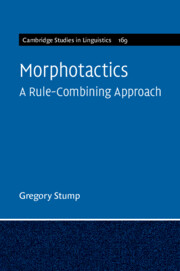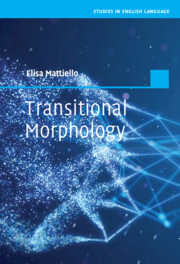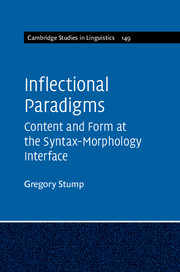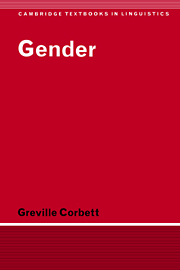Morphotactics
The study of morphology is central to linguistics, and morphotactics – the general principles by which the parts of a word form are arranged – is essential to the study of morphology. Drawing on evidence from a range of languages, this is a comprehensive and up-to-date account of the principles of morphotactic analysis. Stump proposes that the arrangement of word forms' grammatically significant parts is an expression of the ways in which a language's morphological rules combine with one another to form more specific rules. This rule-combining approach to morphotactics has important implications for the synchronic analysis of both inflectional and derivational morphology, and it provides a solid conceptual platform for understanding both the processing of morphologically complex words and the paths of morphological change. Laying the groundwork for future research on morphotactic analysis, this is essential reading for researchers and graduate students in linguistics, and anyone interested in understanding language structure.
- Provides rich data sets from a range of typologically diverse languages from which specific theoretical conclusions can be drawn
- Approaches morphotactic phenomena from synchronic, diachronic, and psycholinguistic perspectives
- Lays an explicit groundwork for future research on morphotactic analysis and description
Product details
March 2025Paperback
9781009168199
452 pages
229 × 152 × 23 mm
0.652kg
Available
Table of Contents
- 1. Canonical morphotactics
- 2. Rule combinations
- 3. Dependent rules and carrier rules
- 4. Rule composition and rule ordering
- 5. Extending canonical morphotactic criteria to composite rules
- 6. Rule combinations expressing holistic content
- 7. Rule aggregation
- 8. Complex morphotactic interactions in Swahili
- 9. The non-associativity of rule composition in Murrinhpatha
- 10. Potentiation and counterpotentiation
- 11. Rule combinations and morphological simplicity
- 12. Rule-combining morphotactics and morphological theories
- 13. Conclusions.





